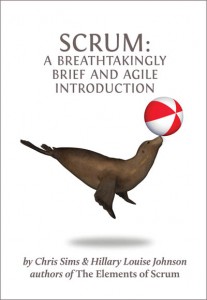In my work on Nickel I want to avoid giving the same old tired advice that a lot of financial advisors give — manage your money well, then go out and life your life with whatever money is left. That’s not how most of us live.
For example, my family is planning on going on vacation this year. Does that mean we have excess cash because every other area of our financial life is tied up with a neat bow? Definitely not. But after working all year we need that time off, in our case to play on the beach, go swimming, and just enjoy being a family.
I was thinking of this because we’re about to replace one of our cars that is coming off lease. It would primary act as my wife’s way of getting to work, so she’s taken the lead on testing driving and figuring out what she wants. She narrowed it down to a few options:
- Buy the car we have if the loan payment is within our budget
- Buy a new car within our budget
- Buy a used car within our budget
We’re lucky to be in a golden age of automobiles where there are plenty of cars, used and new, that are attractive, affordable, and reliable. But many options can make it complicated. I love car research; my wife does not.
But “The Budget” is a constant factor there. And so my thought is we can just make that a constraint. And as I know from my design work, constraints actually make it easier to get things done because you can focus your creativity. In this case, we can focus on our desire, on what makes us really happy. So before getting lost in details and financial options I find it helpful to just set a simple financial constraint and then focus on fun.
So I proposed another approach to my wife:
How about you pick the model that will make you the happiest and then we’ll find one that fits our budget?
She replied,
Good call :)





